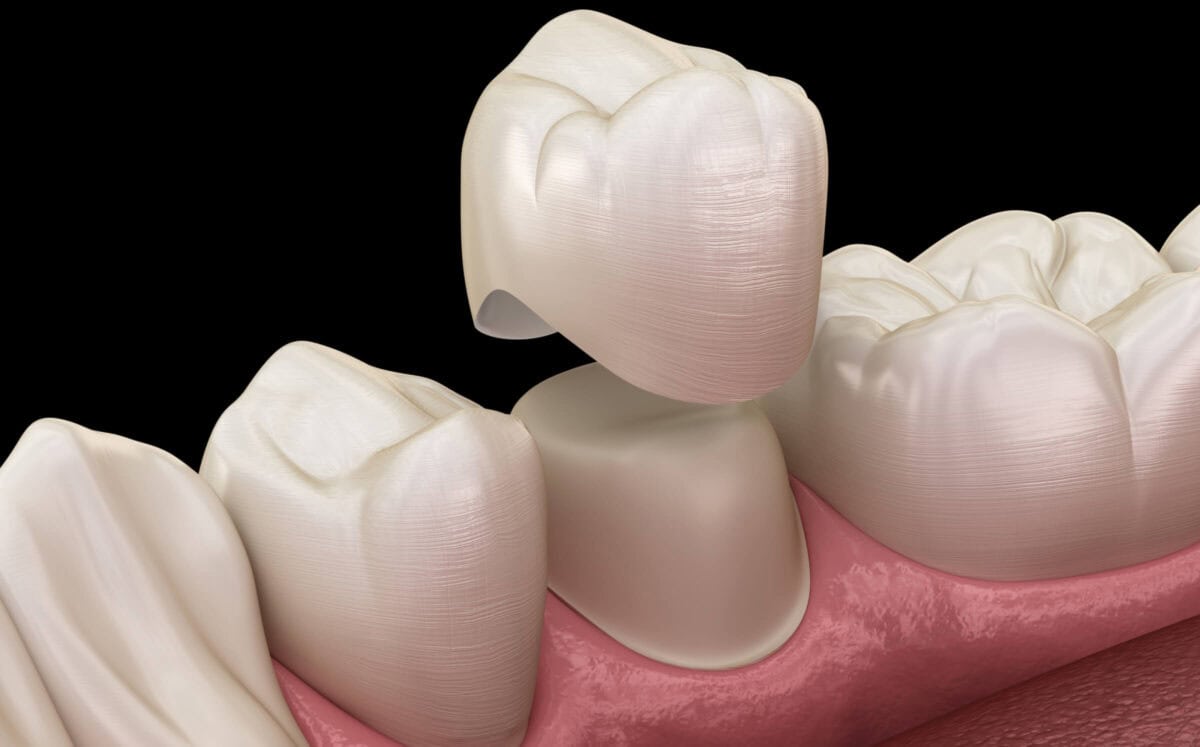Extractions
Oral Surgery

Dentists prefer to preserve your natural teeth as much as possible, but sometimes that just isn’t an option. There are two ways a tooth can be removed, depending on how severe the damage is to the tooth:
- Simple extraction: Local anesthesia is used, which is a numbing agent either applied or injected into the extraction site. Simple extractions are performed on teeth that are visible to the naked eye. An elevator and forceps will only be needed to remove the tooth.
- Surgical extraction: Under general anesthesia, where you are completely unconscious during the procedure, surgical extractions are performed when the tooth cannot be easily accessed. Either the tooth has not fully erupted or it has broken under the gum line. A small incision in your gum will need to be made in order for the surgeon to gain access to the tooth. Gum tissue will be pushed back and bone surrounding the problem tooth will be removed, or part of the tooth itself will be cut. This process makes it easier for your surgeon to remove your tooth with an elevator and forceps.
Tooth extractions are most commonly discussed in reference to removing wisdom teeth. However, a tooth extraction can be required for a number of other reasons, such as tooth decay, gum disease, overcrowded teeth, impacted teeth, broken teeth, and baby teeth that have not fallen out naturally.
Why You Might Need a Tooth Extraction
- Tooth decay – this is the most common reason for removing a tooth. Patients who have avoided visiting their dentist for years may face this reality. Without the bi-yearly checkups and professional cleanings, your dentist will never be able to diagnose early onset tooth decay before it’s too late. As time goes on, your tooth will experience these stages:
- Tooth decay affects tooth enamel.
- Once worn through tooth enamel, the inner part of the tooth begins to deteriorate.
- As the decay eats a hole through the center of the tooth, the tooth suffers even more damage.
- When bacteria reach the center of the tooth, the ending result is a root canal infection.
The longer you go without treatment, the more severe the infection and damage will be. If your dentist has come to a point where your tooth cannot be saved, an extraction, followed by a bridge or implant, will be strongly recommended. Cavities detected early can be resolved with a simple filling.
- Gum disease: Just as destructive as tooth decay in its advanced stages, gum disease attacks the gum tissue, ligaments, and bone that support the teeth. As these structures deteriorate, the teeth become looser until finally they fall out on their own or require an extraction, followed by gum disease and tooth replacement treatment.
- Overcrowded teeth: As part of a patient’s orthodontic treatment plan, a tooth extraction may be necessary if there is overcrowding in the mouth. The extraction creates more space for the remaining teeth to be pulled and shifted into proper alignment.
- Impacted teeth: Impaction occurs when a tooth has not fully erupted beyond the gum line, or only partially erupts. Overcrowding, a tooth that is twisted or tilted at abnormal angles, or a tooth that comes in displaced, are all reasons why a tooth may become impacted. Wisdom teeth are often impacted because the jaw is not large enough to accommodate these teeth.
- Broken teeth: A tooth may need to be extracted when a tooth breaks at or near the gum line, making it nearly impossible to perform a tooth restoration.
- Baby teeth: Sometimes, baby teeth can come in at an abnormal position, causing the permanent tooth underneath it to not erupt normally. Removing this baby tooth will allow the permanent tooth to erupt without issue.
Should you find yourself in need of an extraction, feel confident in choosing Herndon Family and Cosmetic Dentistry for a compassionate and professional experience. Learn more on our services page.
Share this post









